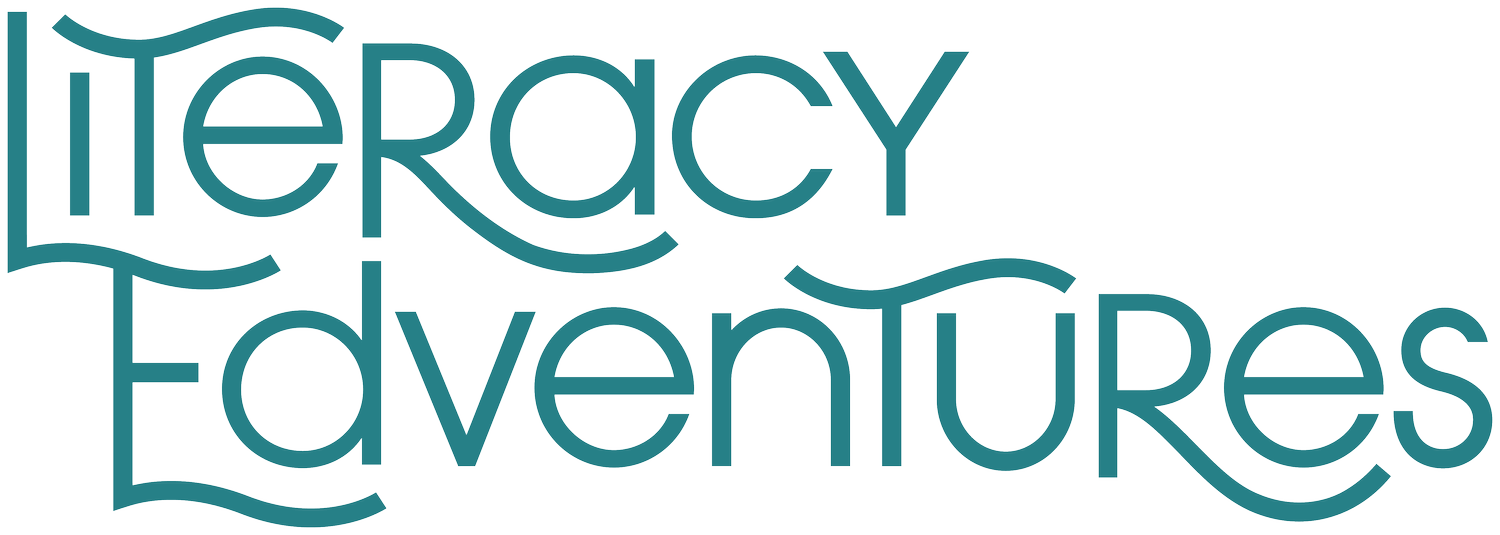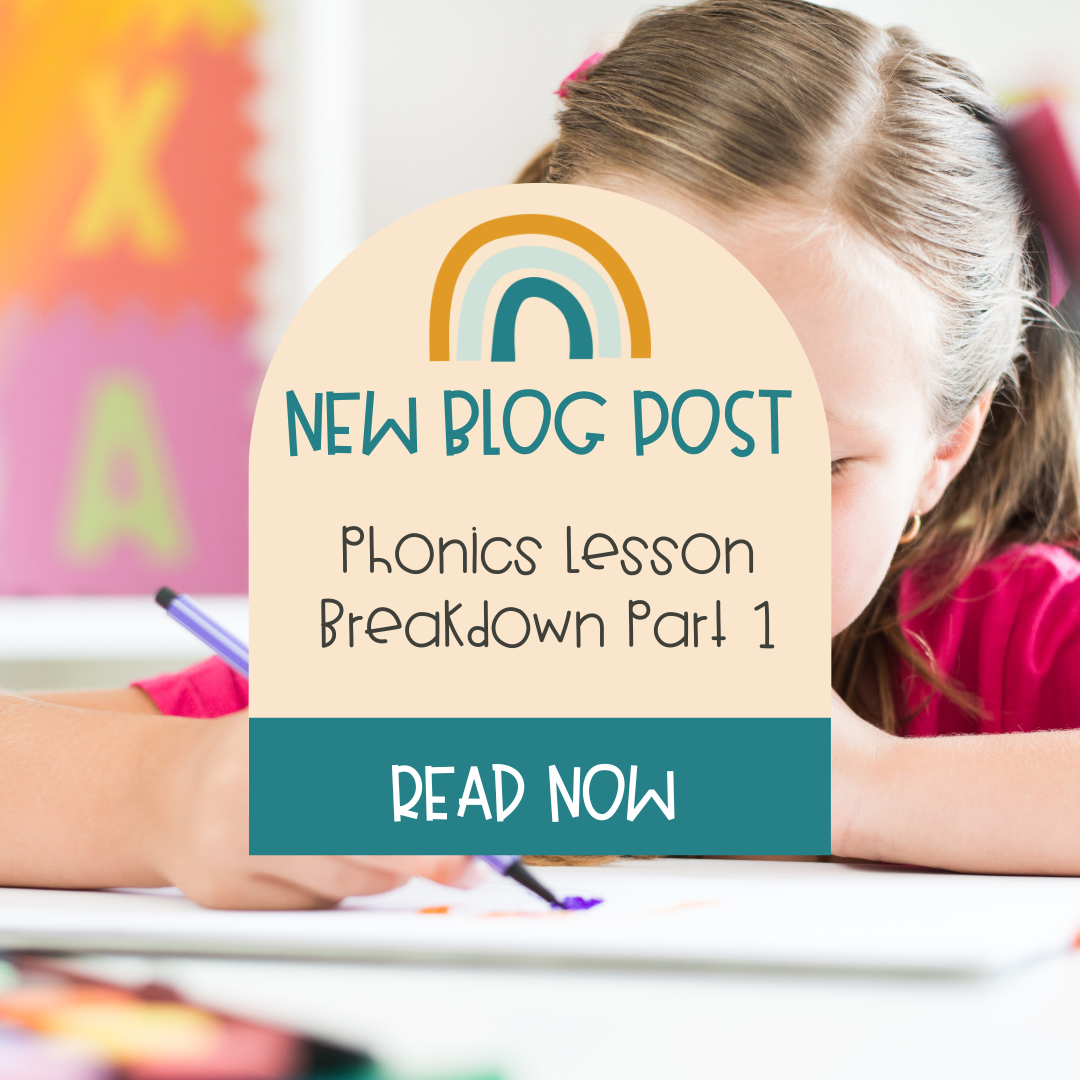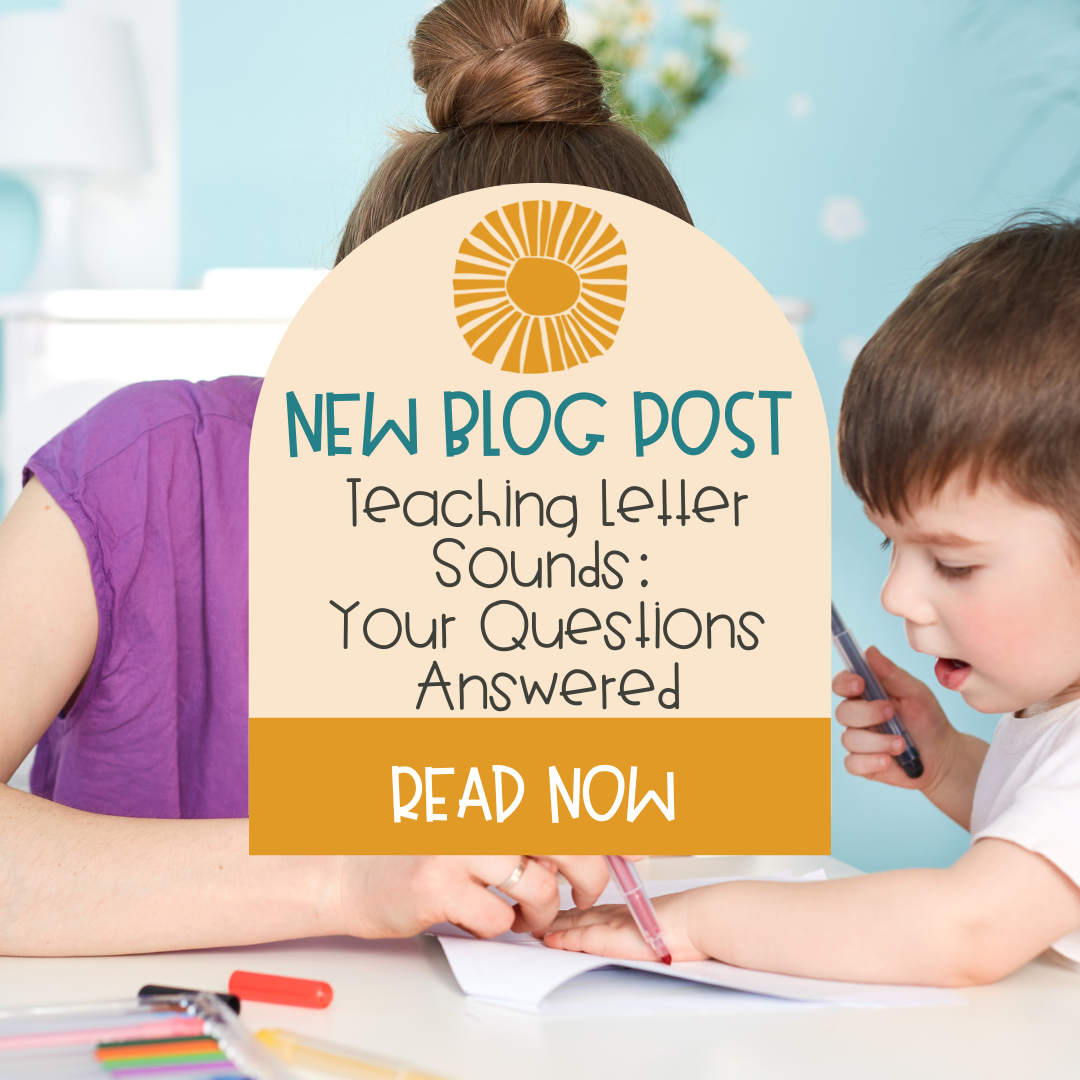Blog
Build a Strong Literacy Foundation Rooted in the Science of Reading.
Phonics Lesson Part One
When teaching phonics, we always want to be sure we are focusing on three parts: a warm-up, explicit teaching, and application of skills. The focus of this blog post (Part #1) will be the warm-up portion of the phonics lesson which contains four parts: a visual drill, auditory drill, blending drill, and, if time allows, a vowel intensive. In Part #2, we’ll be chatting about the second two parts of a phonics lesson: explicit teaching and application of skills.
What Does Brain Research Say About Phonics Instruction?
You’ve heard time and time again how important phonics instruction is. We’ve seen the data, you’ve poured over Instagram reels, and you may have even done some research yourself.
But what makes good phonics instruction? What does the research say and can’t someone help make it easier to understand?
Yes! Today, I’m here to go over what makes effective, quality phonics instruction (in a way that’s easy to understand), plus give you a little bit of background as to what goes on in our brains when we read.
10 Simple Letter Sound Recognition Activities
Teaching letter sounds can be tricky, BUT there are ways to make them stick!
How to Scaffold Decodables
A decodable text is a sentence, passage, or book that is based on a specific phonics pattern. They allow students to focus on the phonics code they have been taught, rather than relying on guessing, pictures, or memorizing the words. The purpose of a decodable text is to allow students the practice they need in context with the phonics skill they have been working on.
Does Phonemic Awareness Belong in Your Phonics Lesson?
Have you heard the recent buzz surrounding phonemic awareness instruction? It goes something like this.
“They say you can do phonemic awareness in the dark, but should you?”






















